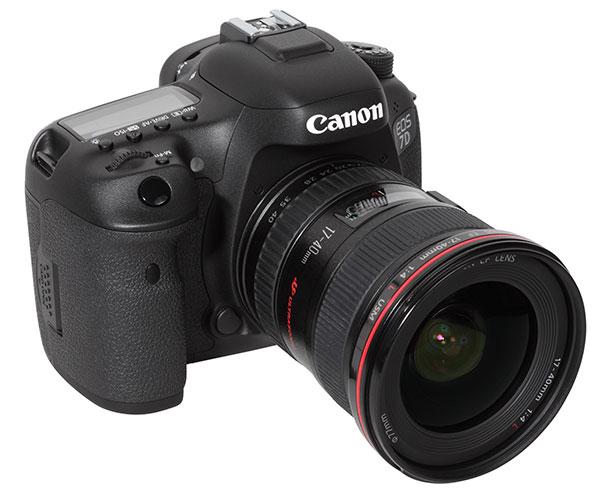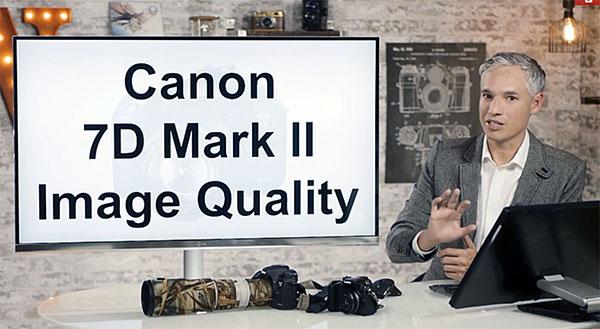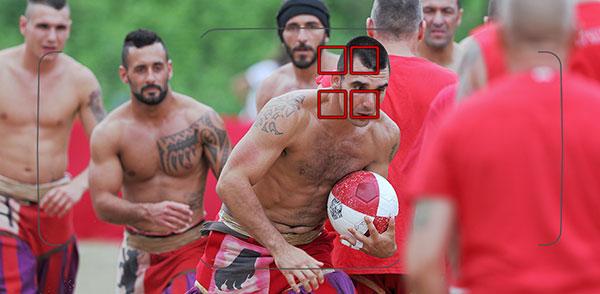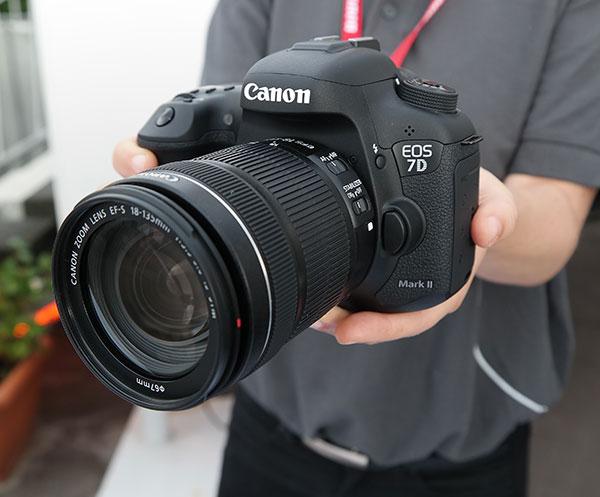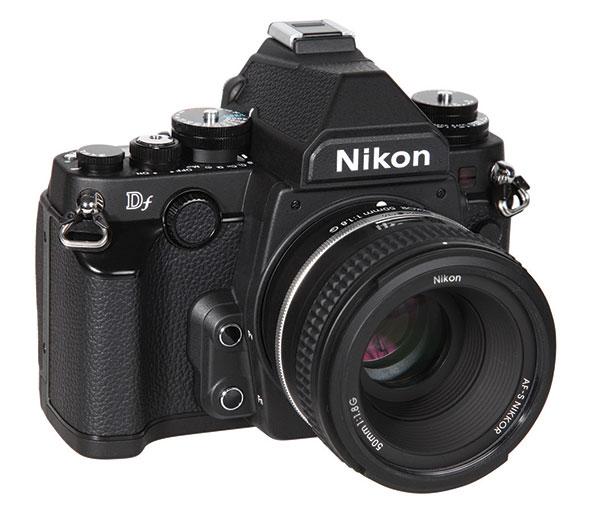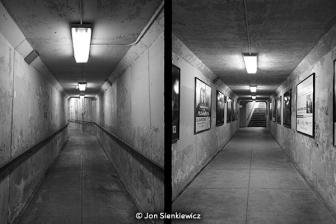DSLR Reviews
Sort By: Post Date TitlePublish Date
|
Nov 10, 2014
|
Nov 07, 2014
|
Nov 06, 2014
|
Sep 15, 2014
|
Sep 14, 2014
|
Jul 29, 2014 |
First Published: Jun 01, 2014
|
Jun 10, 2014 |
First Published: May 01, 2014
|
Mar 25, 2014 |
First Published: Feb 01, 2014



